BUILDING UTILITIES: COMMUNICATION SYSTEM / FIRE ALARM SYSTEM / TELEVISION & SOUND AMPLIFYING SYSTEMS
1/34
There's no tags or description
Looks like no tags are added yet.
Name | Mastery | Learn | Test | Matching | Spaced |
|---|
No study sessions yet.
35 Terms
Building Communication System
These are build systems that regulate a building's environment or monitor it for safety or security purpose.
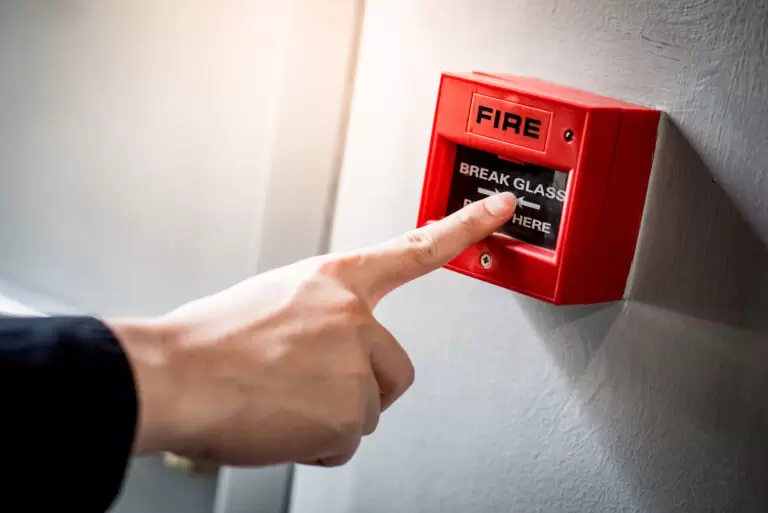
Surveillance and Signal Equipment
Fire, smoke and intruder detectionand alarm systems.
In general, all signal systems require a surveillance system to process information including transmitting it and a means of indicating the signal, either audibly, visually or permanently on “hard copy”.
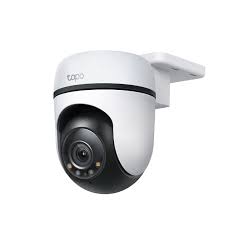
Audio and Visual Communication Equipment
This includes telephone, intercom,public TV and closed-circuit television.
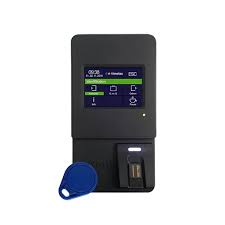
Time Equipment
This includes clock and program equipment.
Fire Alarm System
A building system designed to alert the occupants to an emergency so that they can take action to protect themselves,other people and the general public.
Automatic System
Uses detectors to trigger the alarm system.
Manual System
Uses Visual Detection and alarm and is triggered directly by hand.
Non-Coded Manual Stations
The station locations are not identifiable at the control panel when it is manually triggered.
Coded Manual Stations
Each manual station is coded and this code is received at the control panel, processed and transmitted audibility on the system gongs.
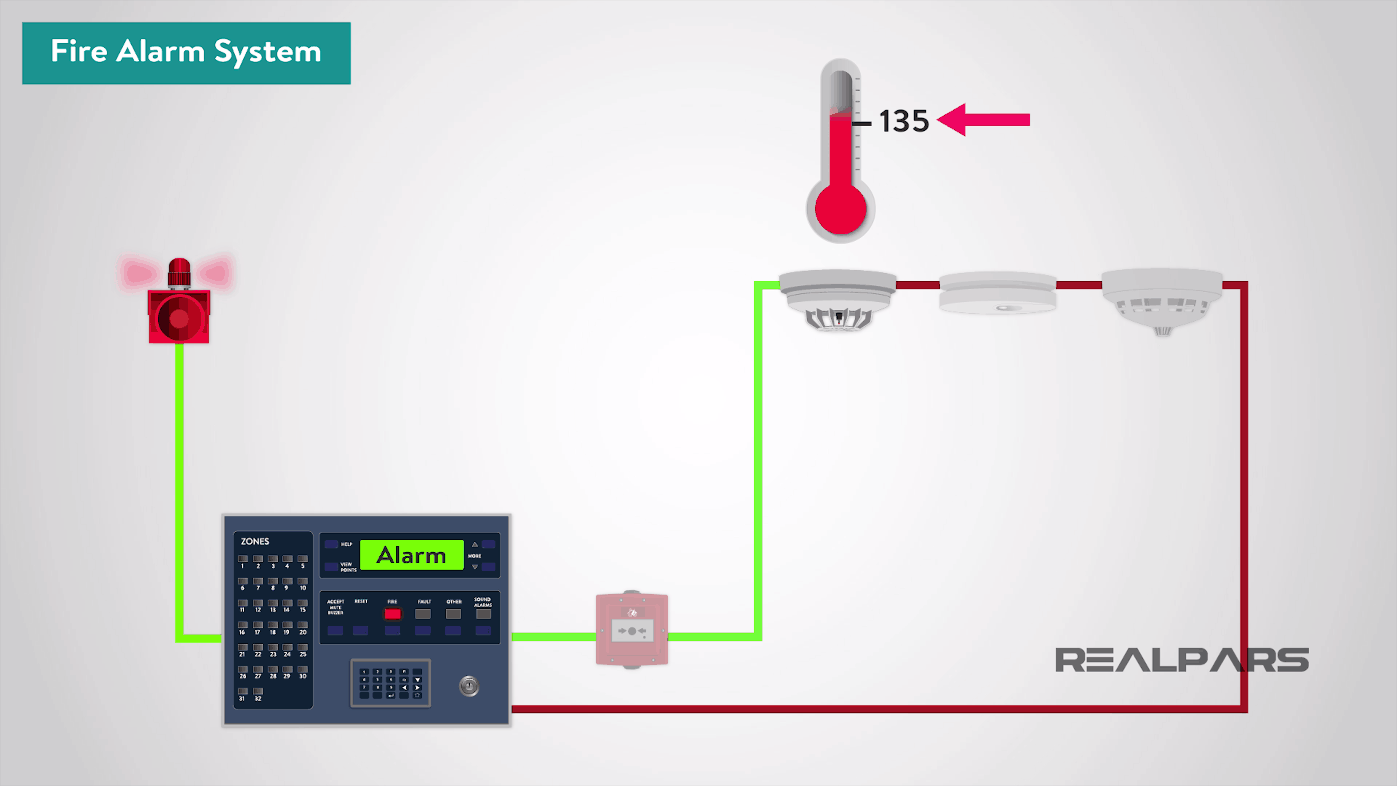
Heat Detectors
Can either work on a fixed temperature basis, where it will trigger an alarm if the temperature exceeds a pre-set value or they can work on the rate of change in temperature.
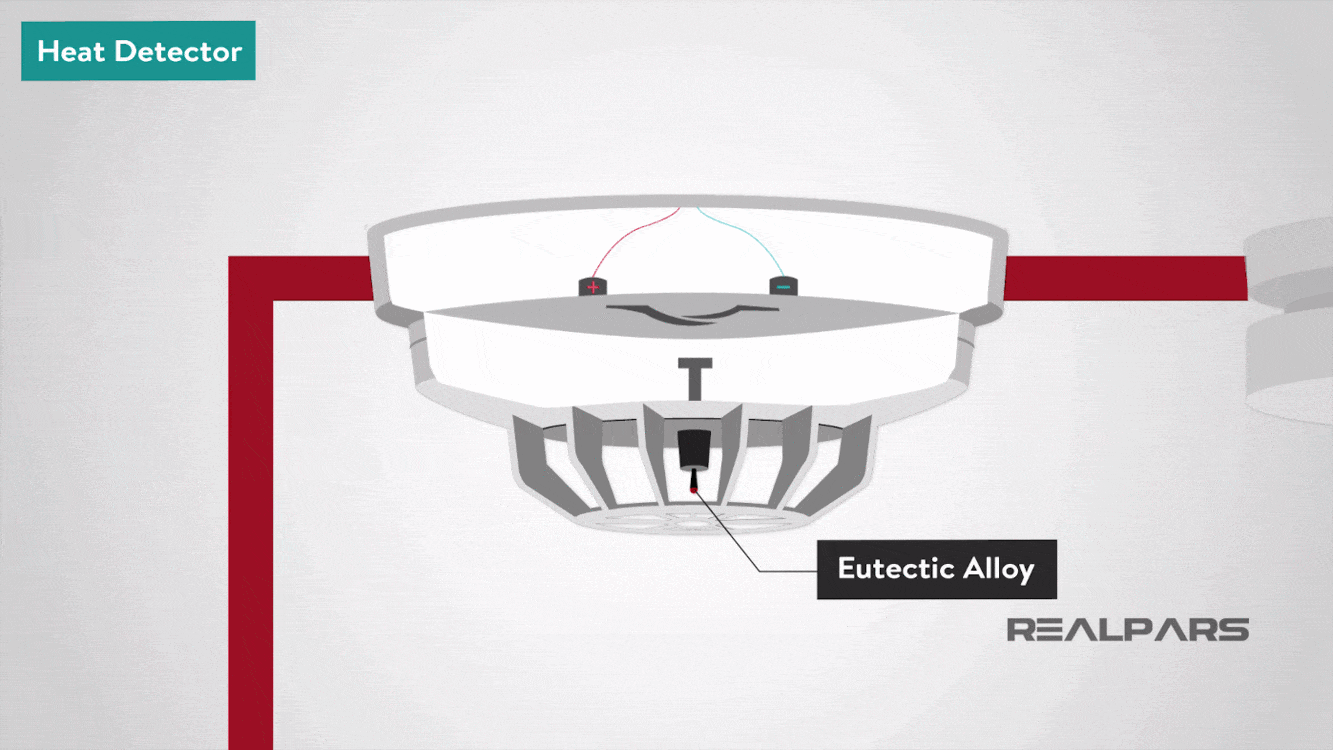
Smoke Detector
A device that senses smoke—typically as an indicator of fire—and sounds an alarm to alert occupants of a potential hazard. It's a critical component of residential, commercial, and industrial fire safety systems.
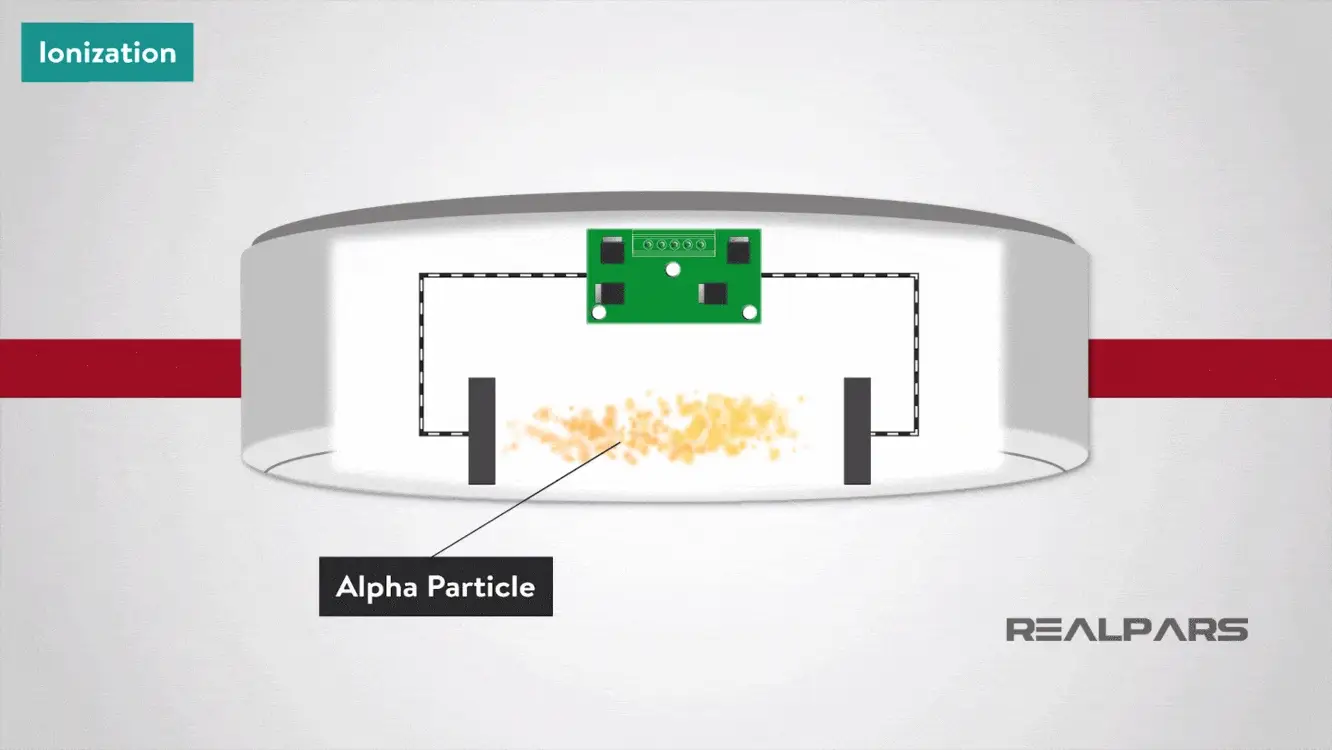
Ionization
Generally contains two chambers. The first is used as a reference to compensate for changes in ambient temperature, humidity or pressure.The second chamber contains a radio activesource, usually alpha particle, which ionizes the air passing through the chamber where a current flows between two electrodes.
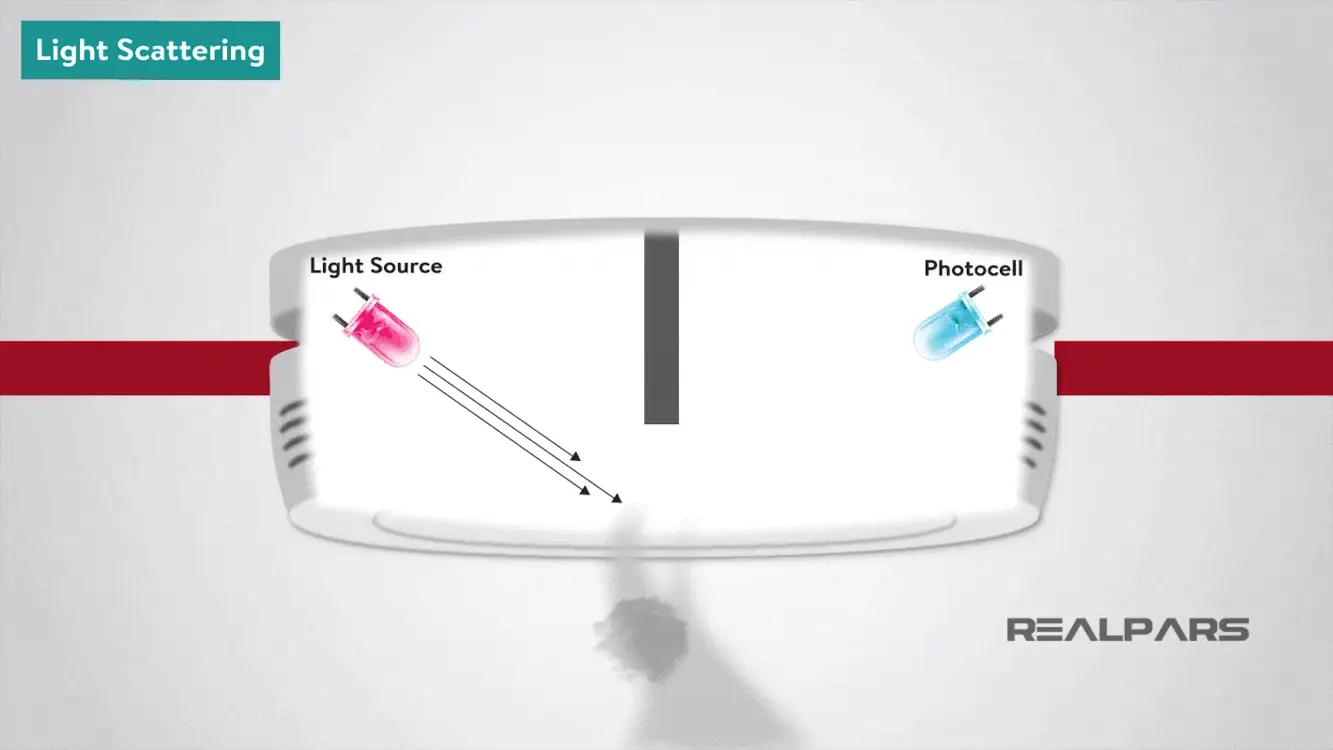
Light Scattering
Operates on the Tyndall effect; a photocell and lightsource are separated from each other by a :darkened chamber such that the lightsource does not fall on the photocell.
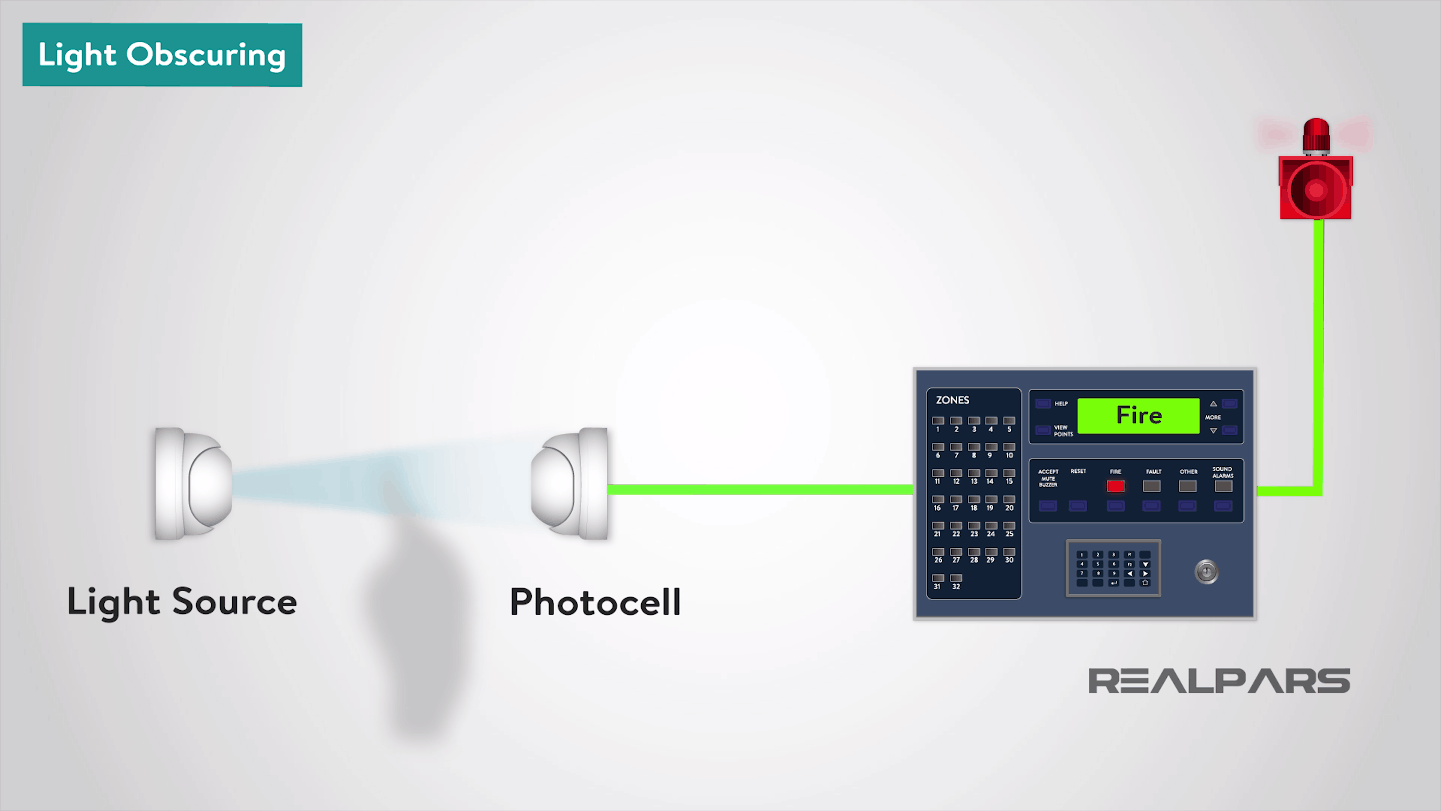
Light Obscuring
Smoke interferes with a light beam between a light source and photocell. The photocell measures the amount of light it receives.
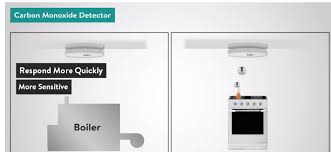
Carbon Monoxide Detectors
Carbon monoxide detectors are known also as CO fire detectors are electronic detectors used to indicate the outbreak of fire by sensing the level of carbon monoxide in the air.
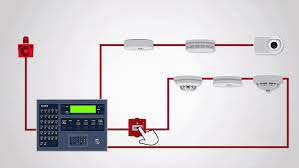
Multi-Sensor Detectors
The Multi-sensor detectors combine inputs from both optical and heat sensors and process them using a sophisticated algorithm built into the detector circuitry.
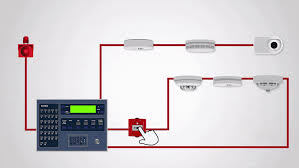
Manual Call Points
is a device which enables personnel to raise the alarm by breaking the frangible element on the fascia; this then triggers the alarm.
Fire Alarm Control Panels
Are the central processing unit for a complete fire alarm and detection system. It senses detection signals and monitors the operation integrity. They are the backbone of any fire detection and alarm system. They provide power, distribute wiring, and constantly monitor your devices for any signs of trouble.
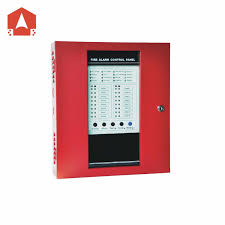
Control Panel
Activates the alarms to alert people in the building that there may be a fire.
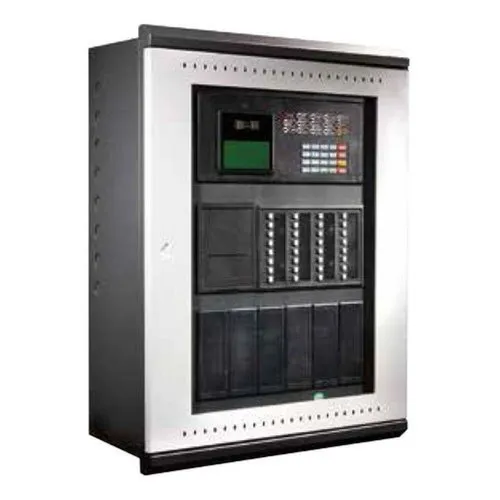
Addressable Fire Alarm Panels
These panels are the most advanced type available and allow for each individual device on the system to be assigned its own address. This makes it easier to pinpoint the exact location of a problem when one occurs.
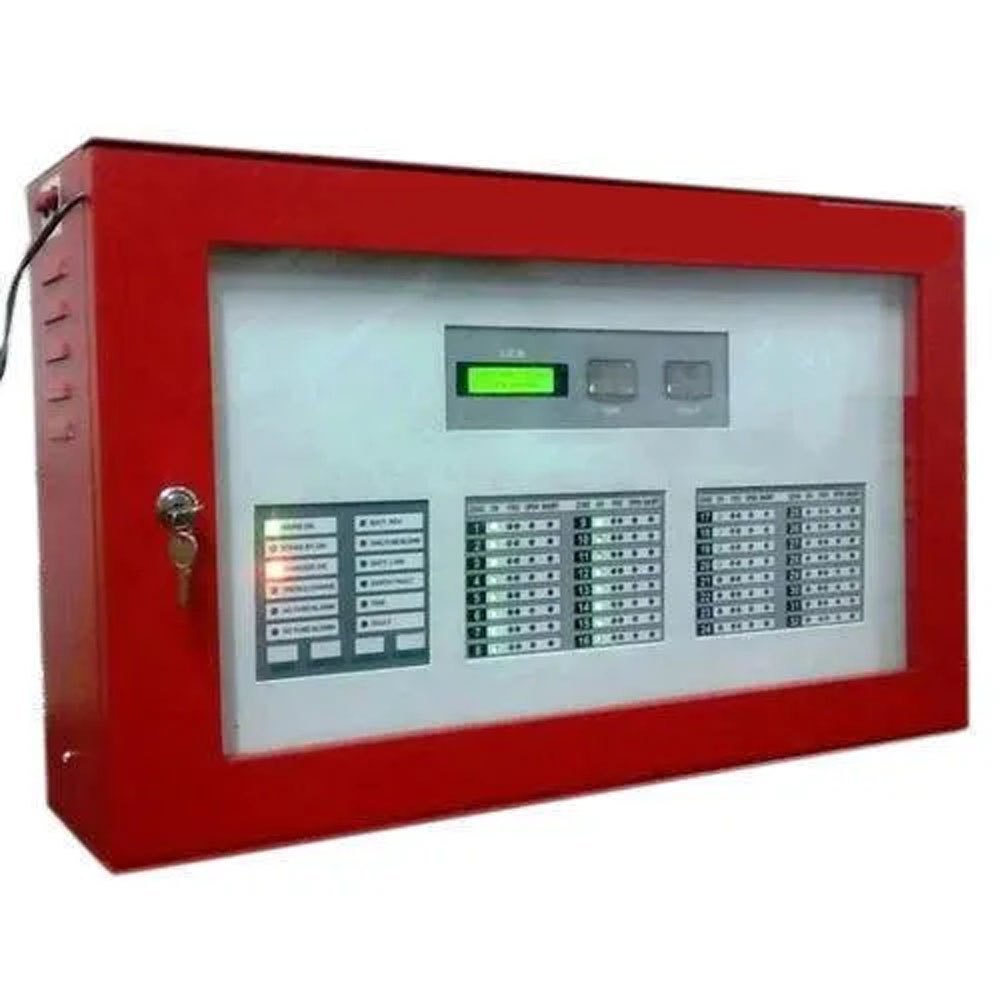
Conventional Fire Alarm Panels
It uses zone wiring to connect detection devices and alarm horns/strobes throughout the property. In a conventional fire alarm system, sensors are linked in parallel with one or more circuits that are connected to them. These panels are less advanced than addressable ones but are still a good option for many businesses.
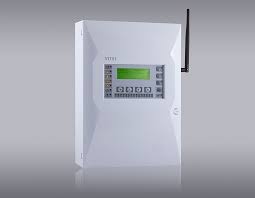
Wireless Fire Alarm Panels
These panels do not require any wired connection in order to function.This can be beneficial in situations where it is not possible or practical torun wires (such as in a historic building).
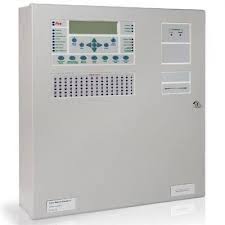
Hybrid Fire Alarm Panels
These panels combine features from both addressable and conventional systems and offer the best of both worlds.
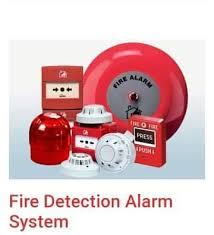
Alarm Devices
These are the devices used in Fire Protection System wherein it is usually audible such as, bells, buzzers, gongs and horns.
Television Antenna System
The system functions by amplifying the signal received by the TV antenna and by means of a special cable, distribute these amplified signals into the various wall outlets.
Sound Amplifying System
Means any radio, tape player, compact disc player, loudspeaker or other electronic device used for the amplification of sound. In building applications, this is called Public Address Systems (PA System)
Microphone
To pick up the sound and convert it to an alternative electric current.
Amplifiers
Amplifies and controls the current
Loudspeaker
Converts amplified electric current back into sound much louder than the original sound entering the microphone.
The intercom System
comprises one or more master stations. (administrative) and several remote stations (staff), one of which monitors the front door. The master station allows selective calling while remote stations operating through the mastersare non-selective.
The Private Automatic Branch Exchange or PABX
(PABX) is synonymous with modern-day business telephone systems. It connects external and internal callers to an internal network via a switchboard - without the need for manual operation in the middle, unlike its ancestor PMBX
Telephone System
It comprises multiple telephones used in an interconnected fashion that allows for advanced telephony features such as call handling and transferring, conference calling, call metering and accounting, private and shared voice message boxes,
Traditional, On-Premise PBX
The grandad of business telephony is the PBX or ‘telephone switch’ The PBX is a box that sits on your premises somewhere, and controls all aspects of your business telephony.
VolP PBX
An updated version of the traditional telephone system we talked about above.
A traditional PBX uses analogue or digital lines, called ISDN, whereas a Vol P PBX uses yourbroadband or data connection to make and receive calls. This can be substantially cheaper than the traditional alternative.
Hosted VolP Phone System
Hosted VoIP uses your existing internet connection and a robust cloud telephony platform to make and receive calls.